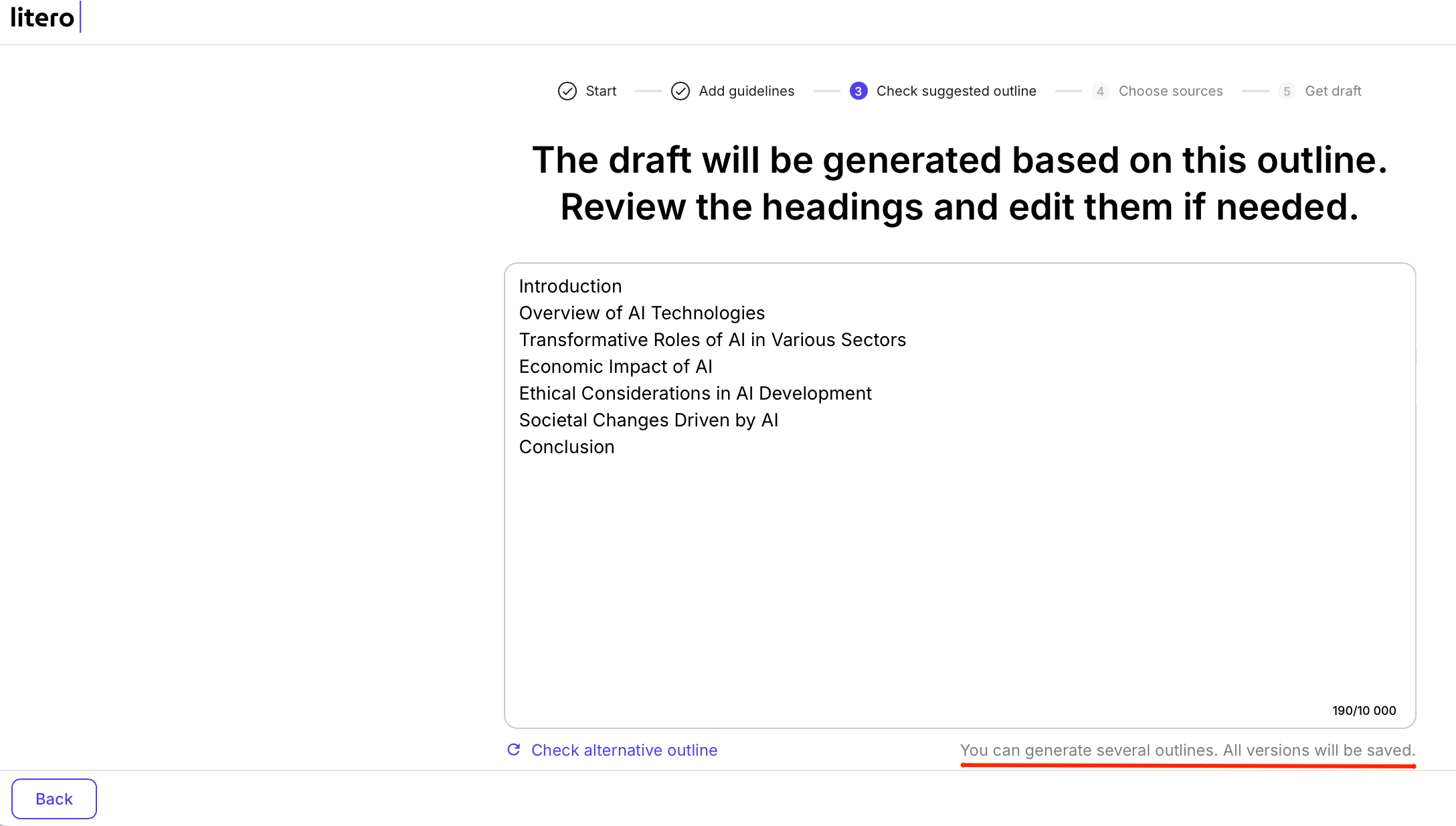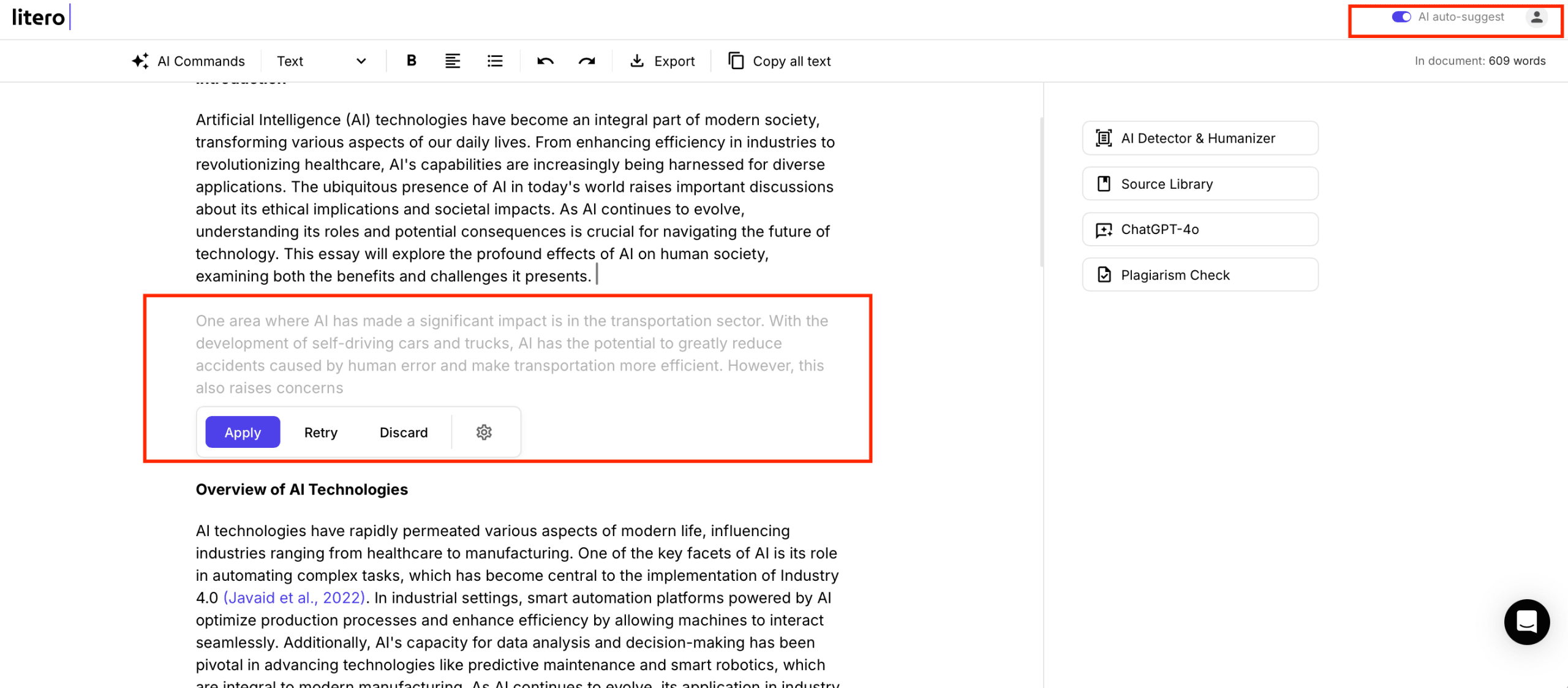Writing discussion posts makes many students uneasy, even though these assignments substantially affect their total grade in online courses. Discussion boards serve as great tools to express your grasp of course material in writing, unlike verbal participation. Your post should work like a mini-essay that needs a central argument backed by solid evidence. Simply answering the prompt isn’t enough.
Great discussion board posts make learning easier and show your grasp of course materials while encouraging interaction with peers. Your content matters as much as showing respect toward classmates from different backgrounds through proper “netiquette.” This piece gives you the strategies to create thoughtful posts that spark meaningful conversations. You’ll learn what discussion boards are and how to respond effectively to your classmates’ posts.
Understand the Purpose of a Discussion Board
“Creating a discussion for student self-introduction is a good start for community building and encouraging socializing. Students can share personal interests, professional background, and course expectations.” — Central Michigan University, an Academic institution providing teaching and learning resources
Discussion boards are the heart of online education. They serve as virtual meeting spaces where ideas grow and students learn from each other through shared conversations.
What is a discussion board, and why does it matter
A discussion board works as an online tool that makes shared conversations possible between students and instructors in virtual learning spaces. Students can post comments, questions, and responses whenever they want from anywhere with internet access.
Discussion boards create lasting records of conversations and build a community where students learn together. These virtual forums beat traditional classroom discussions in several ways. Students get time to think over their ideas, write detailed responses, and read through discussions multiple times. The numbers show their importance – approximately 99% of colleges and universities across the United States use learning systems with discussion features.
How professors use discussion posts to assess learning
Professors look at discussion posts to understand your thinking and grasp of the material. Your contributions help them review many aspects of learning at once:
- Understanding of the subject matter
- Communication and reasoning skills
- Teamwork and people skills
- Growth in critical thinking
Most professors use discussion boards to check participation, critical thinking, and understanding. They create scoring guides that spell out quality expectations (showing deep thinking) and quantity requirements (post numbers and replies needed).
Common types of discussion prompts
Professors design different types of prompts to spark various ways of thinking:
- Personal reflection prompts: “What do you think about…?” or “How do you feel about…?”
- Rational conclusion questions: “What conclusion do you draw from…?”
- Scenario-based discussions: Real-life cases that need course concepts
- Debate formats: Students develop advanced thinking through structured disagreement
- Role-play exercises: Students take different viewpoints
- Application prompts: Theory connects to practice through projects
Good prompts include a setup (statement or scenario), a question without clear right answers, and instructions to support your position with course material evidence.
Prepare Before You Write
Your success in discussion posts starts well before you write your first word. A solid preparation will give a strong foundation that shows your critical thinking and helps you earn top marks.
Read the prompt and course materials carefully
Take time to analyze what your professor wants from you. Figure out the discussion’s purpose – does it need personal reflection, logical conclusions, or concept application? Get into the specific requirements about word count, deadlines, and expected sources. Look closely at whether you’re dealing with an open-ended prompt or specific questions that need complete answers.
Make sure you read all assigned materials with a sharp eye. Students often skim through content or jump into responding before they really understand the course material. Reading with your discussion prompt in mind helps you spot relevant points during your study. Your discussion board posts should connect directly to course content and show how well you grasp the material.
Identify key terms and action words
Your post will meet expectations when you:
- Underline or highlight all action words in the assignment directions
- Note key terms that point to your approach (analyze, compare, reflect)
- Follow citation requirements and formatting guidelines
- Review the grading rubric if available
A clear picture of what professors expect helps you shape your response the right way. Looking through previous feedback might show you ways to improve your current post.
Outline your main idea and supporting points
Spend time writing down your reactions and ideas from readings before you start. Then, organize your thoughts with this proven Three-Part Post structure:
Start by stating your main thought or recommendation—answer “what do you think?” Next, back up your points with evidence from course materials, including specific page numbers or references. Last, ask a thoughtful question that sparks more discussion
This groundwork creates a smooth flow and makes sure you cover all required elements with solid supporting evidence.
Write a Post That Stands Out
“Part 2: State why you think what you think. Examine your own experiences, beliefs, or knowledge. It is also a good place to provide references, textual quotations, and/or links to materials that reinforce your opinion.” — Dr. Judith Boettcher, Executive Director of the Corporation for Research and Educational Networking
The real challenge comes after analyzing the prompt and organizing your thoughts. You must put these elements together into a compelling discussion post. Outstanding contributions need more than just answers—they need strategic composition.
Start with a clear topic sentence
Your opening should be a concise statement that tackles the main point of your paragraph. This works like a mini-thesis for your discussion post. Readers should immediately understand the specific subtopic and get a preview of your argument. Place your topic sentence near the beginning of your paragraph. Make it focused on a specific issue while leaving room to expand with support and analysis. Don’t start with quotes, even good ones—save them as supporting evidence for later.
Support your points with course readings or examples
Build your argument with solid evidence after establishing your main idea. Show that you’ve analyzed the topic deeply and crafted your response with care. Add specific references to course materials and include page numbers where relevant. This approach strengthens your position with examples from course readings and shows professors you’ve participated meaningfully in the assigned materials.
Use a respectful and academic tone
Academic writing follows these guidelines:
- Keep it formal but not complicated
- State facts objectively instead of personal opinions
- Skip emotional or exaggerated language
- Use tentative words (could, might) when needed
Note that writing that’s too formal often sounds fake. Use words you know well and write sentences that flow naturally—even simple ones work fine.
Include a question to invite responses
End with a thought-provoking question that keeps the discussion going. Questions help maintain momentum and encourage others to join the conversation. You might ask, “I would like to hear your thoughts on…” or “How might this concept apply to…?”. This approach turns your post from a simple statement into an invitation for shared learning.
Engage with Classmates Effectively
Your responses to classmates are a vital part of online learning. These responses make up much of your discussion grade. Active participation shows you understand the material and helps build a thriving learning community.
How to respond to a classmate’s discussion post examples
Students who write good responses usually follow one of these three approaches:
- “Yes, and…” – This works best when you want to build on an idea you agree with. Example: “Your analysis of Romeo and Juliet’s adaptation really got me thinking. The modern elements made it more relatable to today’s audience. The theme of violence you pointed out shows how human conflicts go beyond specific time periods.”
- “Yes, but…” – This fits when you partly agree but see things from a different point of view. Example: “Luhrmann’s adaptation expresses Shakespeare’s themes well. In spite of that, the contemporary setting and bright colors with comedic elements take away from the story’s tragic nature.”
- “No, because…” – This helps you disagree respectfully. Example: “I see where you’re coming from, but I have a different take. Shakespeare seems to focus on the characters being immature rather than violent. The modern setting might not be the best way to help viewers connect with this aspect.”
Avoid generic replies—add value to the conversation
Simple responses like “Great post!” or “I agree completely!” don’t help the discussion move forward. Here’s what works better:
- Talk about specific points from the original post
- Share new research or examples
- Link different concepts together
- Present different interpretations backed by evidence
Quality matters more than length. Your responses might be shorter than original posts, but they should add something meaningful to the discussion.
Use open-ended questions to deepen the discussion
Good responses end with questions that make people think and want to respond. Focus on:
- Questions that make people rethink their assumptions
- “What if” scenarios that use concepts in fresh ways
- Questions about how things affect each other
“How could we balance these pros and cons?” works better than questions that only need “yes” or “no” answers. The right questions turn quick exchanges into deeper conversations that help everyone learn more.
Litero AI: Your Trusty Discussion Post Co-pilot
AI writing tools help students create discussion posts faster while they retain control of their authentic voice in the digital world. Litero AI emerges as a specialized academic writing assistant that caters specifically to educational settings.
Litero AI works as a guided partner instead of replacing your own thinking process. As Dr. Dianna M. Mattern suggests, “Think about Litero AI as a partner and not a substitute, and you’ll be really healthy in your use of it.“ The tool guides you through the whole writing process and offers help when you need it without taking over your academic work.
Litero’s value for discussion posts comes from these features:
- Contextual understanding – Litero merges with ChatGPT to enable meaningful discussions while comprehending full content, which leads to more logical and relevant support for your arguments
- Citation management – The platform’s precise formatting in APA 7th, MLA, and Harvard edition styles ensures your discussion post references meet academic standards
- Flexible approach – You can begin from scratch and request structured suggestions based on your input, or use the platform to help shape a complete first draft for revision
Litero stands apart from general AI tools with its specific features for discussion board writing. Students can overcome writer’s block with the idea generator when responding to complex prompts. The outline generator creates a well-laid-out framework for discussion posts, especially when you have multi-part questions to answer.
The platform keeps academic standards through several safeguards. It verifies suggested sources by linking to academic libraries where you can access original materials. The built-in plagiarism checker and paraphraser help you avoid copying content by mistake – a vital part of staying honest in discussion forums. It also uses an AI detector to find machine-generated text sections, so you can rewrite them in your own voice.
Litero proves to be a reliable discussion post partner that values academic excellence and helps you create thoughtful, well-organized contributions to your online course discussions.
Conclusion
Becoming skilled at writing discussion posts takes practice and attention to detail. As I wrote in this piece, quality discussion contributions are way beyond the reach and influence of just answering prompts—you need good preparation, critical thinking, and real involvement with course materials.
Understanding why discussion boards exist will help you tackle these assignments better. These virtual forums let you show your instructors how well you grasp concepts, think critically, and communicate. Your preparation affects post quality a lot. Reading prompts carefully, spotting key terms, and mapping out main points beforehand help you make compelling contributions.
Great posts need clear topic sentences, strong evidence from course readings, and the right academic tone. Your interactions with classmates are just as important as your original post. Skip generic replies. Instead, use frameworks like “Yes, and…” or “Yes, but…” to create thoughtful responses that move conversations forward and show you’re actively learning together.
Note that each discussion post is a chance to show what you know while connecting with your peers. Tools like Litero AI can help your process, but your point of view remains the most valuable part of any discussion. Writing each post like a mini-essay instead of a casual comment will help your contributions appeal to both professors and classmates.
FAQs
Q1. How can I make my discussion posts stand out to professors?
To make your posts stand out, start with a clear topic sentence, support your points with course readings or examples, use a respectful academic tone, and include a thought-provoking question at the end to invite responses from classmates.
Q2. What should I do before writing my discussion post?
Before writing, carefully read the prompt and course materials, identify key terms and action words, and outline your main idea and supporting points. This preparation will help you create a well-structured and thoughtful response.
Q3. How should I engage with my classmates’ posts effectively?
Engage by referencing specific points from their posts, introducing additional research or examples, making connections between concepts, and using open-ended questions to deepen the discussion. Avoid generic replies and aim to add value to the conversation.
Q4. What types of discussion prompts can I expect in online courses?
Common types include personal reflection prompts, rational conclusion questions, scenario-based discussions, debate formats, role-play exercises, and application prompts. Each type is designed to stimulate different thinking patterns and assess various aspects of learning.
Q5. How do professors use discussion posts to evaluate students?
Professors use discussion posts to assess multiple dimensions of learning, including conceptual understanding, communication skills, critical thinking, and the ability to engage in academic discourse. They often use rubrics that consider both the quality of your contributions and your level of engagement with peers.






